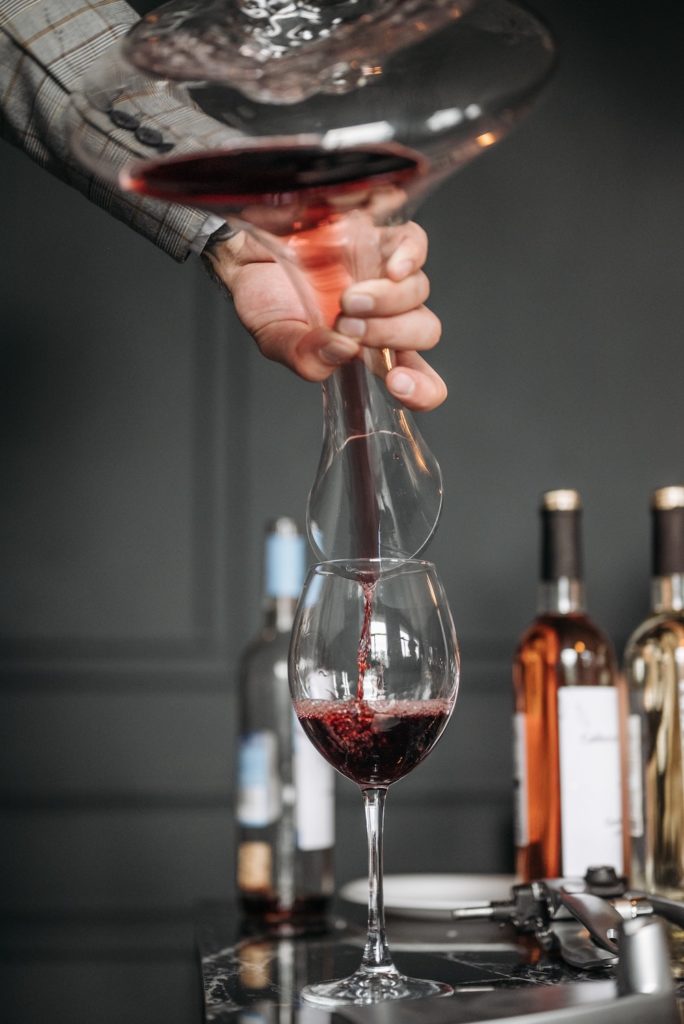
Photo by Pavel Danilyuk from Pexels
Today marks the inaugural instalment of longtime GFR contributor Lindsay Groves’ new column, Crushed: Exposing Wine Myths.
One wine myth that’s irked me the most over the course of my twenty-odd years in the wine industry is this belief that wine must “breathe” before being served. Like most wine-related fallacies, this one includes a very small grain of truth that has been overly generalized and spat out as some kind of arbitrary rule.
The underlying premise is that wines can benefit from exposure to oxygen between the time the bottle is opened and the time the wine is consumed. Traditionally, aeration was achieved through decanting (pouring the wine from the bottle into another container), however, nowadays there are loads of new-fangled devices that make pretty ambitious assertions. The alleged benefits of aeration span from reasonable claims such as enhanced aromatics and improved mouthfeel all the way to more debatable declarations of artificially aging the wine or altering the quality. Wine’s relationship with oxygen is tumultuous at best, and getting into the nuances can help to shed some light on the reality and limitations of aeration.
In specific cases, there are wines that can benefit from aeration, but they are in the minority. In order to separate out when aeration is actually helpful vs when it’s detrimental, it’s important to look at a number of criteria, including wine characteristics (age, style, quality), method of aeration and timing/duration of exposure.
Let’s start with the scenarios when aeration can be beneficial. Occasionally, very young wines, primarily whites, can have an unpleasant aroma of struck match on the nose that comes from an excess of sulphites (SO2). Typically winemakers will add some SO2 just prior to bottling a wine, carefully calculating the amount needed to keep the wine safe given its anticipated shelf life. Once in a while you may come across a wine that has very recently been bottled and the SO2 hasn’t had a chance to dissipate. The good news is that, with a bit of exposure to air, it will go away and you can still fully enjoy the bottle at hand. I should note that SO2 is different from reduced sulfur compounds (sulphides) that cannot be fixed with a little swirling. In very specific circumstances a tiny bit of reduction can be interesting (flinty/minerally notes), but it’s a tightrope between that and the nastier stuff like hydrogen sulphide. If you get stuck with a bottle like this, it’s literally rotten eggs for you.
The other scenario is with good to high quality full-bodied red wines that have a very tight, aggressive tannin structure. As the tannins can be very tough and chewy, aeration can help to soften the structure to make them a little more pliable. Examples of wine such as this would be young Bordeaux, Napa Cabernet Sauvignon, Italian reds, such as Brunello, Barolo and other age-worthy, muscular styles. For more delicate styles, such as red Burgundy, much of the nuance and elegance can be lost if decanted aggressively, even if the wine is young.
Although aeration may be beneficial for some youthful wines, older bottles (e.g. 20 years plus) are a different story. An older wine has already been exposed, very gradually, to a tiny, consistent amount of oxygen ingress over the course of its life in bottle. This means that a multitude of chemical changes have occurred, both with and without the help of oxygen, allowing the wine to mature and develop complexities. By the time they are opened, they can be fragile, and the sudden exposure to air can damage the more delicate bouquet and characteristics of the wine.
Now, let’s take a look at the limitations of aeration. It should be noted that aeration is not a substitute for ageing, and simply exposing a wine to air will not mimic the ageing process or result in the complexities associated with the maturation process. Likewise, aeration will not improve the quality of a wine. It may soften mouthfeel, but it will not make a $10 bottle taste like a $50 bottle. That would be magic, not science. There are also caveats around how a wine is exposed to air, and for how long, that greatly affect the outcomes.
Simply taking a cork out of a bottle to let the wine “breathe” will not do much. In order for the changes associated with aeration to take place, it’s necessary to allow for a larger surface area of wine to be exposed to the air (i.e. transferring the wine into glasses or a decanter) so that oxygen can dissolve in the liquid (accomplished through the act of pouring or swishing/swirling the liquid). Furthermore, the length of exposure is crucial. When on the floor as a Sommelier, it was always hilarious to see a table of guests demand a wine be decanted and then finish the bottle within about 15 minutes of the wine reaching the table. I’m all for using fancy crystal and the whole nine yards, however, when a customer insists something must be decanted and then contradicts themselves by not actually letting the wine sit, there are no benefits to be realized – regardless of what was in the original bottle. In order for a wine to truly benefit from aeration, it needs time for the vaporization and oxidation processes to occur. This generally takes anywhere from 1-3 hours. At the other end of the spectrum, if a wine is left for too long, the spoilage process is already underway, and, within about 48 hours, the wine will have developed negative aromas that detract from the quality.
Given all the nuances and constraints to what aeration can and cannot do, the myth that all wines benefit from “breathing” is clearly an oversimplification at best. The what, when and how are all vital to the conversation. The good news is that no one ever died from decanting gone wrong. Hopefully it does help, however, to clear up misconceptions and take away some of the snobbery traditionally associated with wine service.

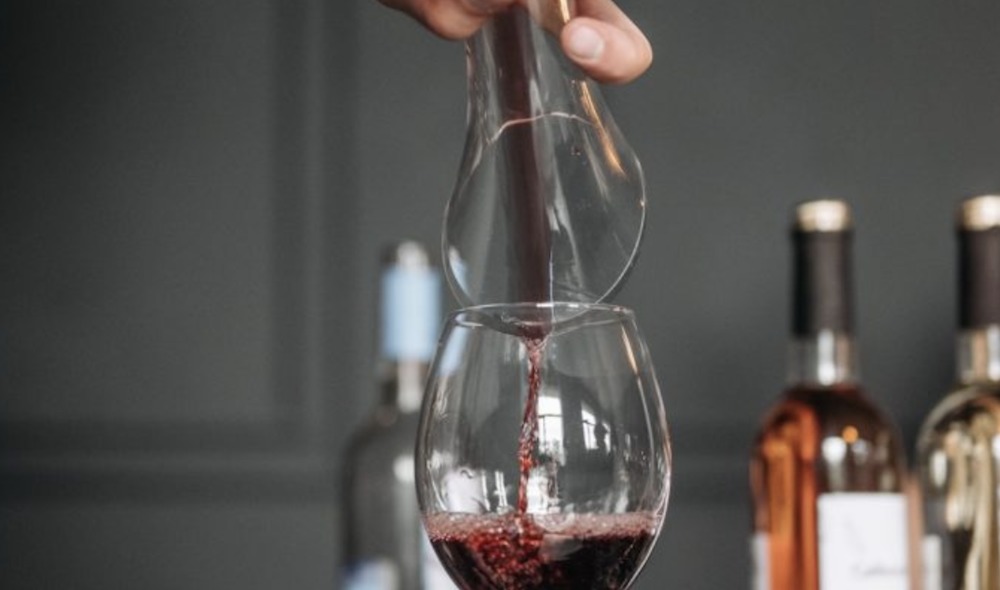

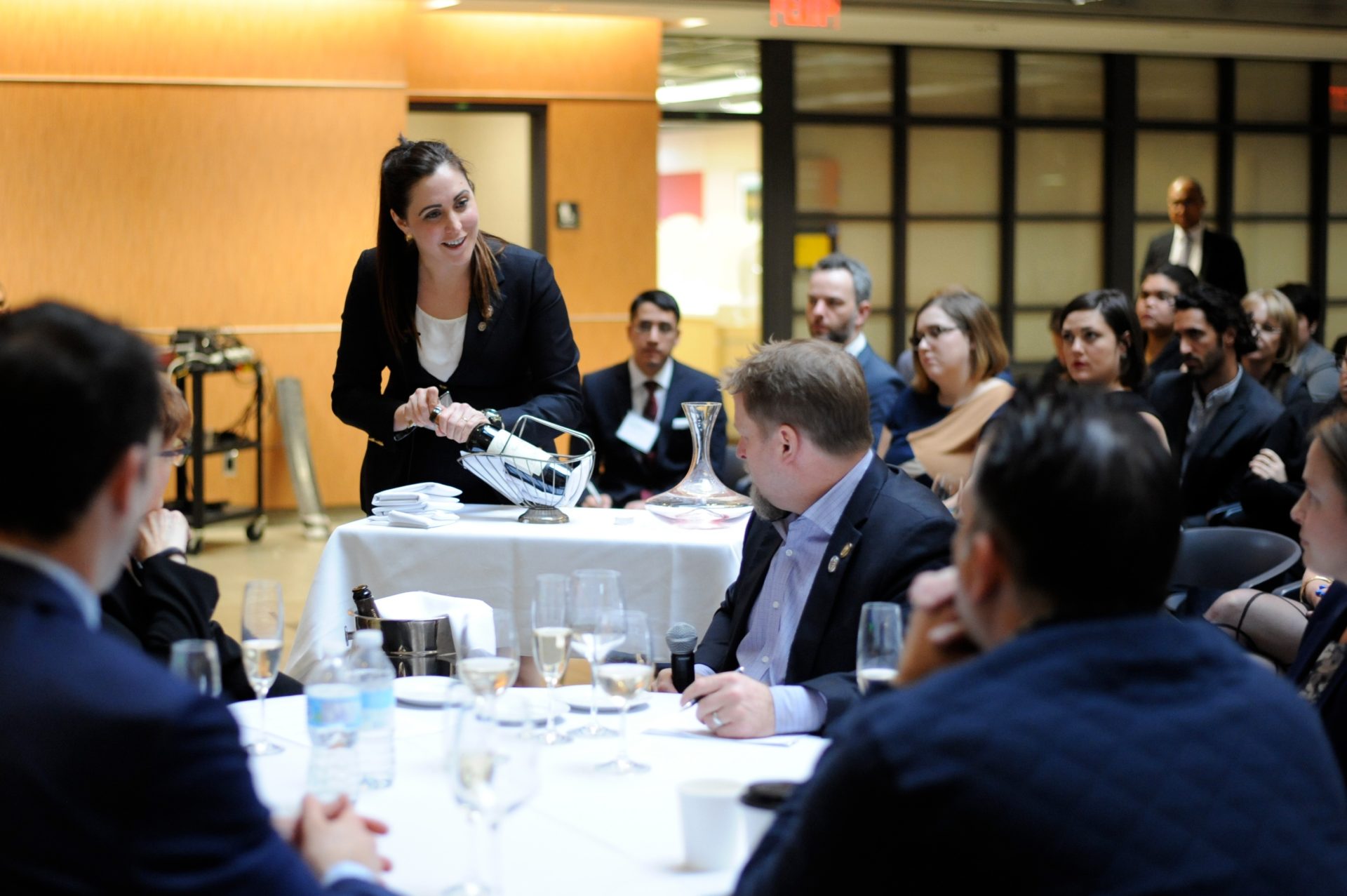
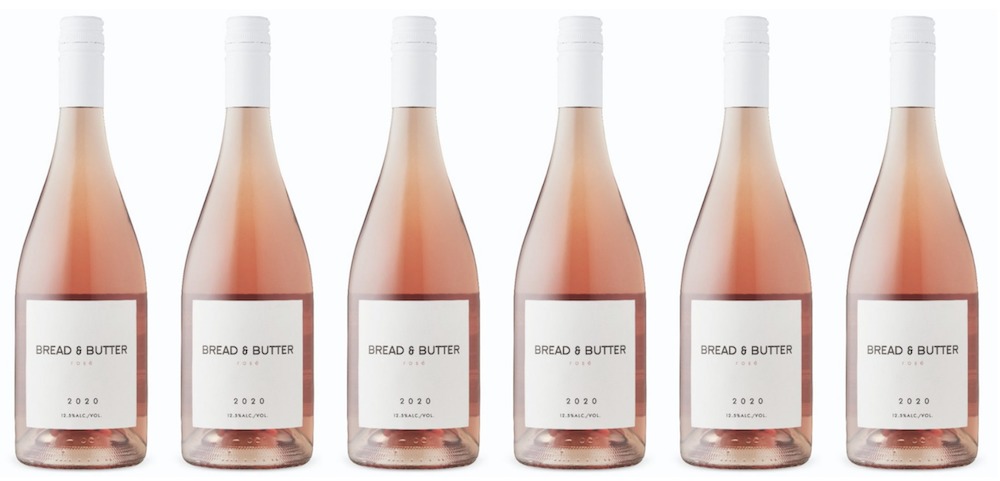

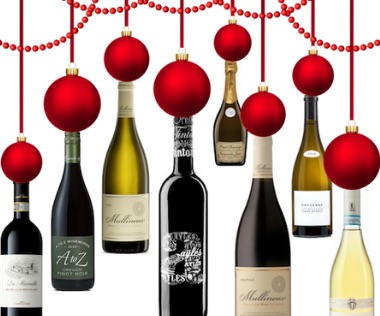

Nice article, very factual and stylish. Lots of facts here — and good reminders to all. Way back 10+ years ago, I ran a tasting for CityBites with a bunch of local wine experts (this was pre-vinfluencer hahahaha!) and we blind tasted wines that had been poured direct from bottle, from decanter with minimal rest, and from blender. This was after the New York Times and a bunch of other erudite wine publications lavished praise on the process of blenderizing wine to improve its flavour, all in the pursuit of immediate gratification and turning shit into shinola. Our findings: blenderizing was a dismal failure and an assault on even the most mediocre wines. Decanting provided little to no benefit to the vast majority of the wines. But poured from bottle and given a nice swirl in the glass… perfection.